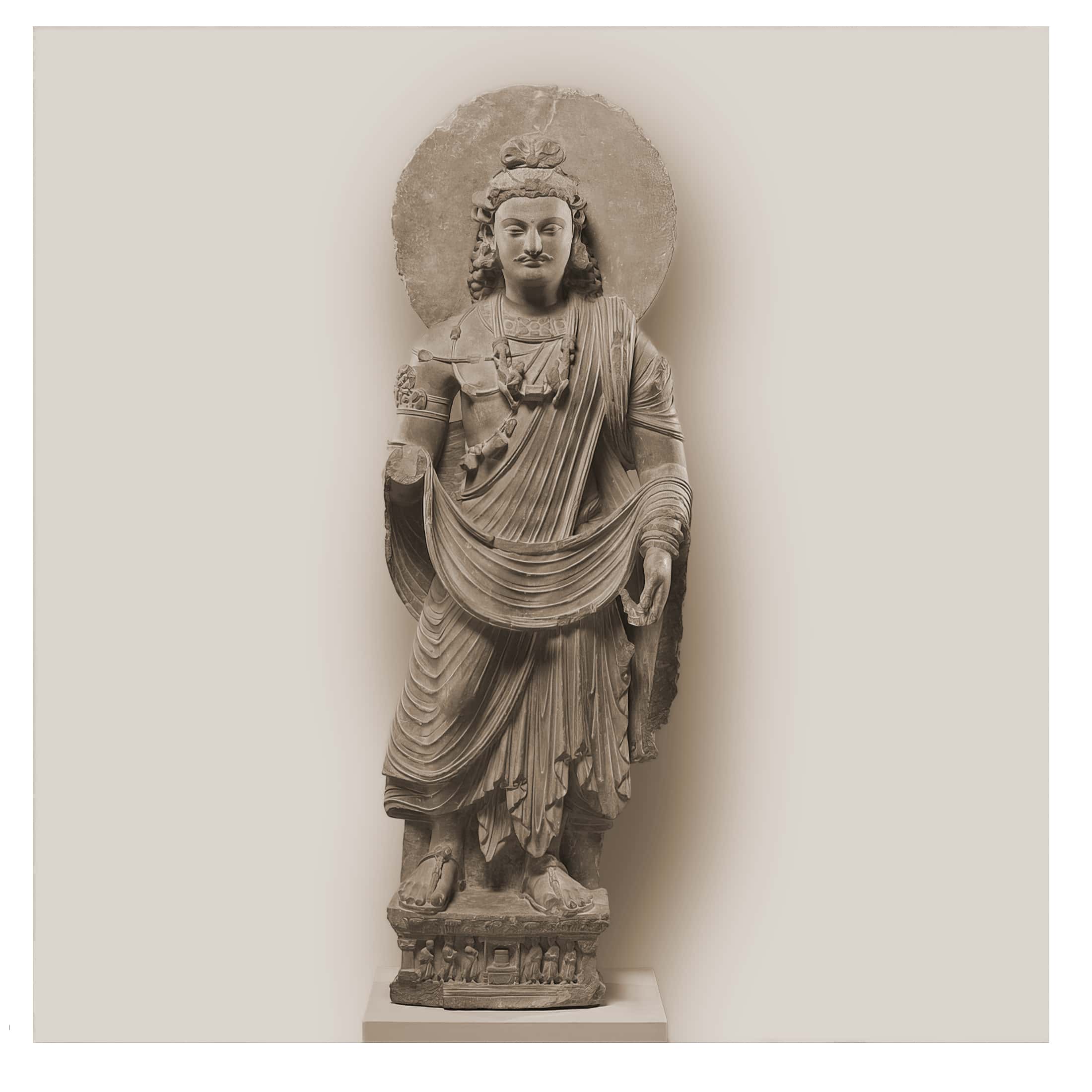
In the Uttaratantra Shastra, a Mahayana Buddhist teaching, similes are used to depict what Buddhists call “Buddha nature.”
Everyone without exception has it: Buddha nature. No matter if we are rich or poor, black, brown or white, queer or straight, “she” or “they” we are all the same in this regard. What it means is that we all have the potential for enlightenment, we all have the potential to become Buddha. When we hear Buddha we might think of the historical person who gained enlightenment. In this case however, Buddha indicates a person who has awakened from the sleep of ignorance.
SUPREME, IMMACULATE NATURE
96 Similar to a Buddha in a decaying lotus, honey amidst bees, grains in their husks, gold in filth, a treasure in the ground, shoots and so on piercing through fruits, a Buddha–statue inside tattered rags,
97 a monarch in a poor and ugly woman’s womb or a precious image inside some clay, this nature is within all beings present but obscured by the impurity of passing defilement.
98 The impurities correspond to the lotus, the insects, the husks, filth, the ground, the fruit, the tattered rags, the woman strongly afflicted by burning sorrows and the clay. The Buddha, the honey, the grains, the gold, the treasure, the nyagrodha tree, the precious statue, the supreme ruler of the continents and the precious image correspond to this supreme, immaculate nature.
[From the Uttaratantra-Shastra, inspired by Arya Maitreya, received by Asanga]
In these various examples metaphors help illustrate the very fact that Buddha nature is covered, layered, hidden by “impurities.” Impurities being anything obscuring the mind like emotions, ignorance etc. They make it hard to realize Buddha nature. Yet, despite the impure circumstances Buddha nature stays immaculate, pristine, supreme.

